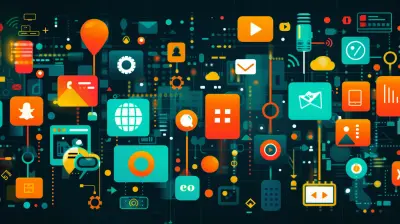How Employee Resource Groups Foster Inclusion in the Workplace
6 October 2025
Creating an inclusive workplace isn’t just a “nice-to-have” anymore — it’s essential. Diversity without inclusion is like throwing a party but forgetting to send out the invites. That’s where Employee Resource Groups (ERGs) come into play. They’re the unsung heroes working quietly behind the scenes, helping to cultivate a culture where everyone feels heard, respected, and, most importantly, like they belong.
So, what's the real deal with ERGs? Why are more companies investing in them? And how are they genuinely changing the game when it comes to workplace inclusion?
Grab your coffee, and let’s dive into it.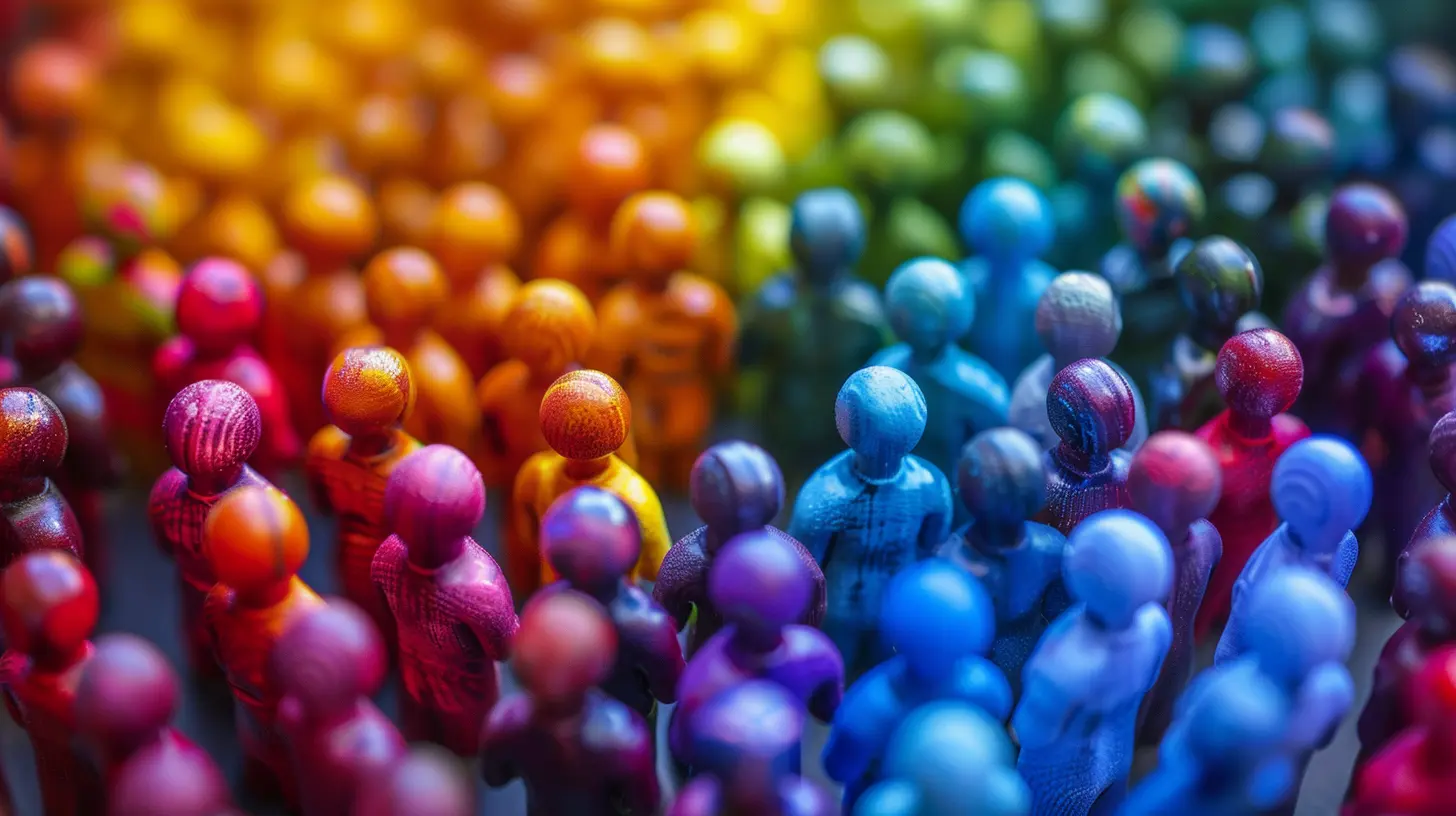
What Are Employee Resource Groups (ERGs)?
Before we explore how ERGs foster inclusion, let’s make sure we’re on the same page about what they actually are.Employee Resource Groups are voluntary, employee-led groups formed around shared characteristics or life experiences — think race, gender identity, sexual orientation, disabilities, military service, or even parenting status. These groups aim to support their members, provide a sense of community, and influence company culture in positive ways.
Here’s the cool part: while they’re affinity-based, they’re not exclusive. Allies are welcome. The idea is to build bridges, not walls.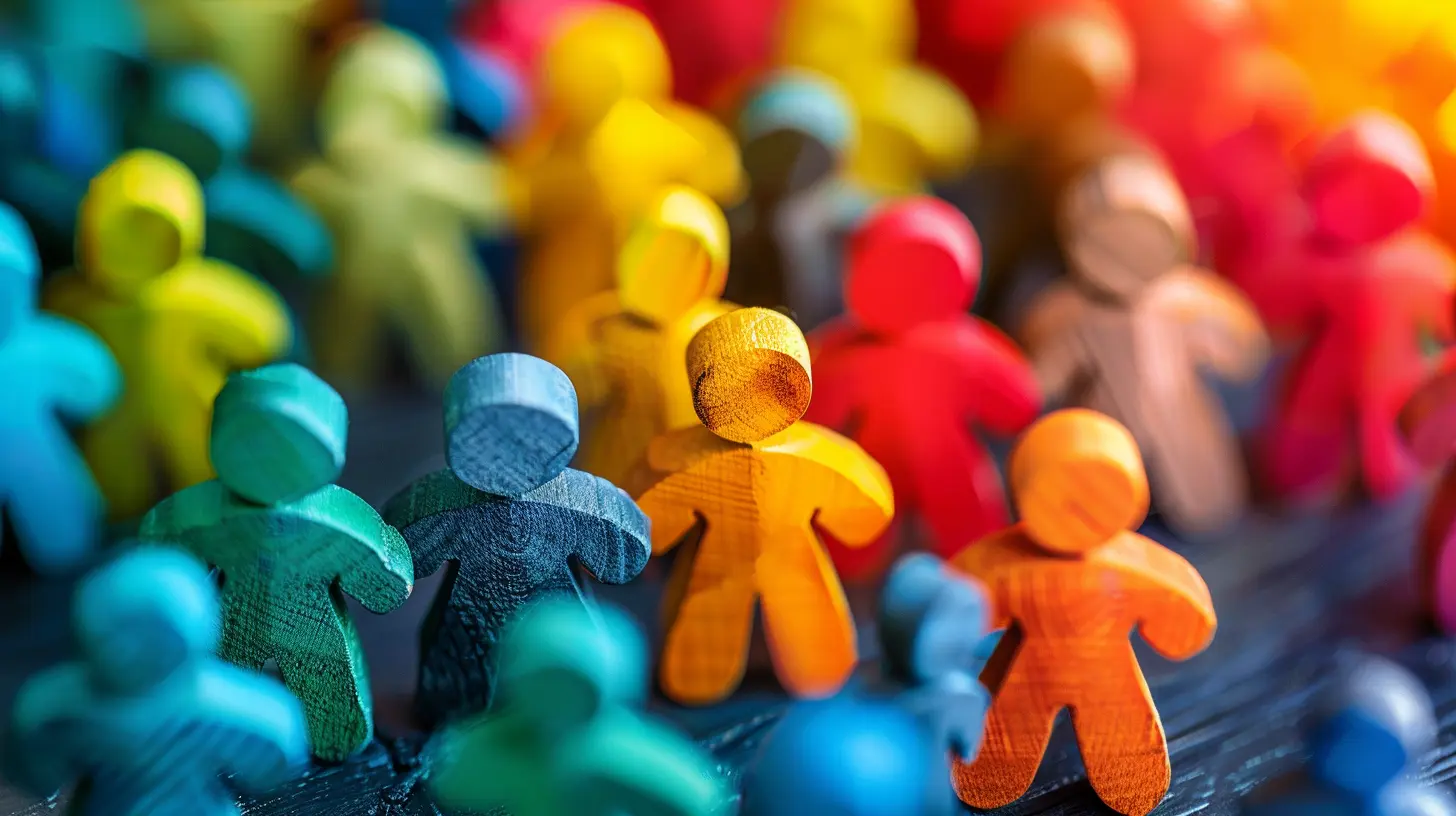
The Real Impact of ERGs on Workplace Inclusion
Let’s be honest — inclusion isn’t something you achieve just by checking a box or issuing a company-wide memo about diversity. Inclusion is a continuous, lived experience. And ERGs can seriously move the needle.1. Creating Safe Spaces for Open Dialogue
Have you ever walked into a meeting and felt like no one understood where you were coming from? That’s exactly what ERGs are trying to prevent.These groups offer a psychological safety net — a place where employees can express concerns, share stories, and talk about issues that matter without fear of judgment. And when employees are comfortable being themselves, engagement and retention skyrocket.
Imagine being able to drop the act and just be you at work. That’s the power ERGs can bring to the table.
2. Bridging Gaps Between Leadership and Employees
Too often, there’s a massive divide between C-suite execs and the rest of the team. ERGs act as the connective tissue, bringing leadership closer to the experiences of underrepresented groups within the organization.Some ERGs even have executive sponsors — leaders who back the group’s initiatives and help ensure their voices influence decision-making. Think of them as advocates on the inside.
The result? Leaders get real-time insight into what’s affecting their teams, and employees feel like their voices actually matter. That’s how inclusion starts to root itself into company culture.
3. Driving Policy and Cultural Change
ERGs aren’t just social clubs. They’re often trailblazers for change within the company.For example, an LGBTQ+ ERG might push for gender-neutral bathrooms or inclusive parental leave policies. A Black employee network could champion unconscious bias training or push for diverse representation in hiring panels.
These initiatives don’t just benefit ERG members — they create ripple effects that elevate the entire organization.
4. Attracting and Retaining Diverse Talent
Want to know one of the first things potential employees look at when researching companies?Yep, employee culture.
When new talent sees active ERGs, it sends a clear message: “We see you. We value you. You belong here.”
And for existing employees, ERGs can be a critical reason for staying. They offer support systems, mentorship opportunities, and a sense of belonging that’s hard to replace.
5. Fostering Allyship and Cross-Cultural Awareness
Inclusion doesn’t mean surrounding yourself only with people just like you. It’s about celebrating differences and learning from each other.ERGs create environments where employees can become allies, ask questions, and get comfortable with being uncomfortable. That’s where real learning — and unlearning — happens.
When people start to understand perspectives other than their own, empathy grows. And a workplace driven by empathy? That’s gold.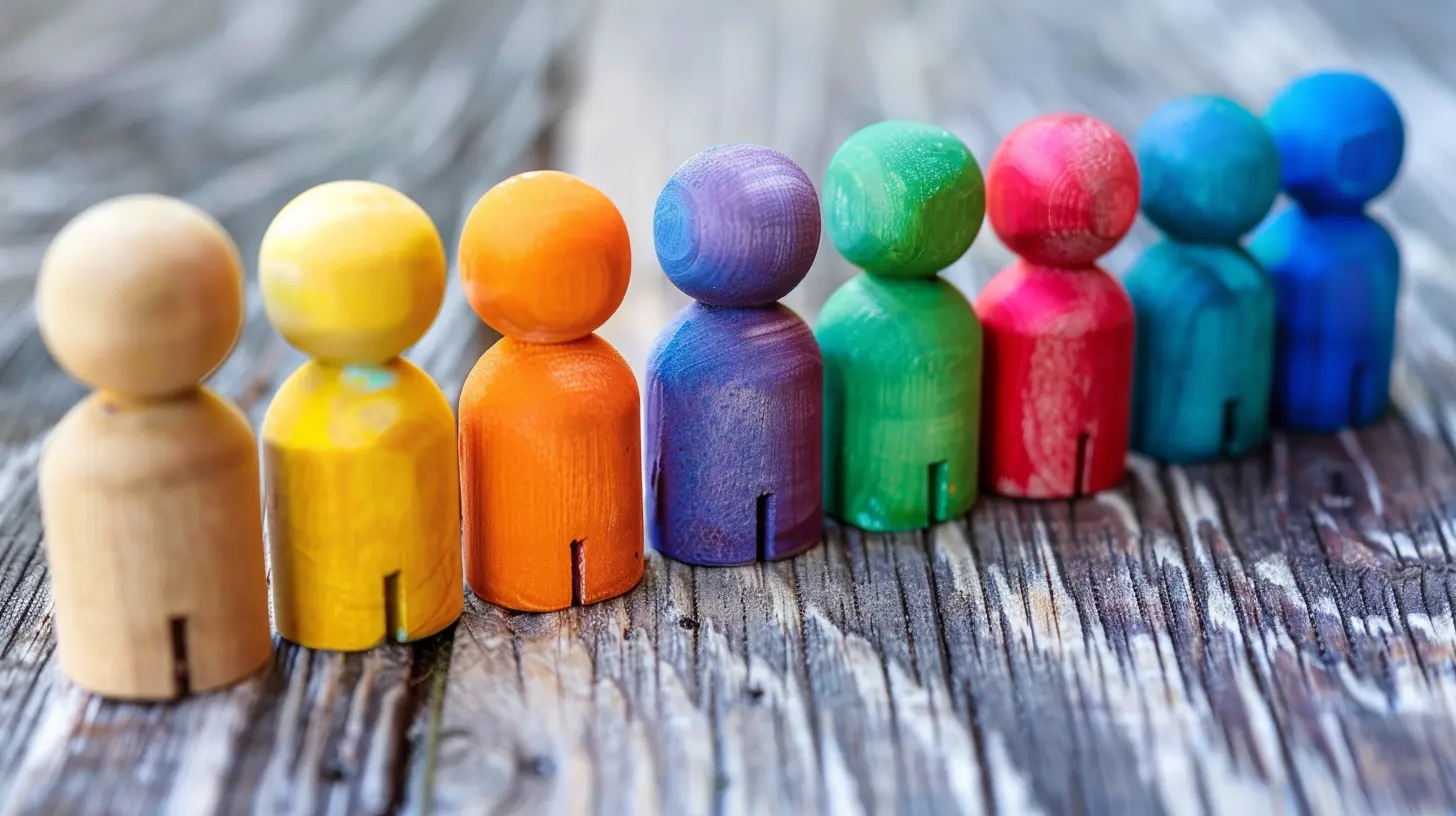
Real World Success Stories
Still not convinced? Let’s take a look at some companies that are doing it right.Microsoft
Microsoft has more than 40 ERGs, and they call them “Employee Resource Groups and Employee Networks.” These groups have played a major role in shaping company policy, influencing inclusive product design, and guiding recruitment strategies.Their ERGs aren’t just side projects — they’re embedded into the company’s DNA.
Salesforce
Salesforce doesn’t mess around when it comes to ERGs. They refer to them as Equality Groups, and they’ve been instrumental in crafting Salesforce’s inclusive culture. From hosting speaker events to mentoring programs and resource-sharing, these groups are part of Salesforce’s broader equality strategy.Intel
Intel’s ERGs collaborated heavily to launch the company’s Racial Equity and Social Justice Initiative. These groups helped shape the $60 million commitment toward addressing racism and inequality both within the company and beyond.What do these examples have in common? They treat ERGs not as optional extras, but as core drivers of business and culture.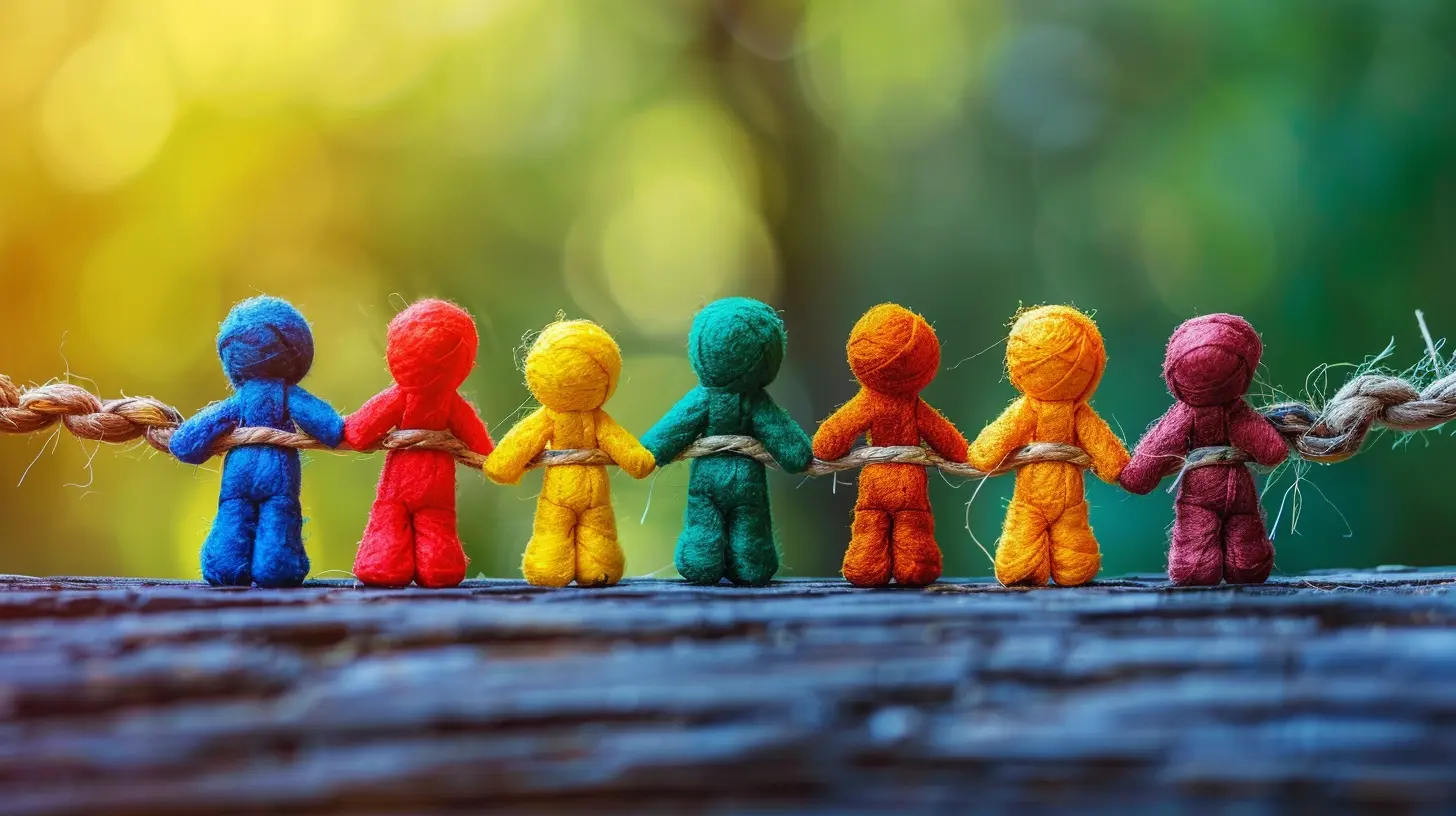
How to Build and Support Effective ERGs
So, you’re on board with the idea of ERGs. Fantastic. But how do you go about creating strong, sustainable groups that actually have an impact?Here are a few quick tips:
1. Start with a Purpose
Don’t just create ERGs for the sake of it. Each group should start with a clear mission and tangible goals. Ask: what’s the purpose of this group? What challenges can it tackle? What value can it provide — for members and the wider company?2. Get Executive Buy-In
Leadership support isn’t just helpful — it’s crucial. An executive sponsor can advocate for the group’s needs, help secure resources, and elevate its voice within the organization.3. Offer Resources and Budget
ERGs need more than good vibes to thrive. They need meeting spaces, communication tools, marketing help, event budgets — the whole shebang. If you want ERGs to make an impact, treat them like important business initiatives.4. Measure and Celebrate Impact
Set metrics for engagement, retention, event attendance, or policy changes influenced by ERGs. Then — and this is key — actually celebrate those wins. Sharing success stories can help build momentum and bring more people on board.5. Encourage Ally Participation
Allies are a big part of the inclusion equation. Encourage folks who don’t identify with a particular group to join, listen, and learn. Inclusion isn’t just the job of underrepresented employees — it’s everyone’s responsibility.The Ripple Effect of ERGs on Broader Company Culture
Let’s zoom out for a minute. ERGs inspire personal growth, sure. But they also influence broader company culture in surprising ways.For instance:
- Innovation improves because diverse voices shape brainstorming sessions and product design.
- Team collaboration gets stronger due to increased empathy and understanding.
- Employee satisfaction grows because people feel seen, heard, and respected.
It’s like throwing a pebble in a pond. The initial splash — forming an ERG — might seem small. But the ripples? They spread far and wide.
Common Challenges (And How to Overcome Them)
No system is perfect, and ERGs come with challenges. Here’s how to tackle them.1. Burnout Among ERG Leaders
ERG leaders are often doing this work on top of their full-time jobs. Without support, burnout is real.Solution: Give them dedicated time, resources, and recognition. Some companies even offer bonuses or professional development for ERG leaders. And why not? They’re making a huge impact.
2. Lack of Participation
Sometimes ERGs struggle with attendance or active involvement, especially from allies.Solution: Make events engaging, use storytelling to draw people in, and encourage managers to promote participation. Inclusion needs to be a full-team effort, not just “extra credit.”
3. Tokenism or Surface-Level Support
We’ve all seen it — companies claiming they care about diversity, but only during PR crises or cultural months.Solution: Commit for the long haul. ERGs must be part of a larger strategy that includes actionable policies, accountability, and continuous effort.
So, Are ERGs Worth It?
Absolutely. They’re not just buzzwords or checkbox initiatives. They are powerful engines for cultural transformation. When implemented intentionally, they cultivate workplaces where people don’t just show up — they show up as themselves.Think of ERGs as a bridge between “diverse hiring” and “deep belonging.” Without that bridge, the journey to inclusion hits a dead end.
So whether you're a CEO, HR leader, or a curious employee, remember this: inclusion doesn’t happen by accident. It happens by design. And ERGs might just be one of the smartest tools you can use to design a better, more inclusive workplace.
Final Thoughts
At the end of the day, it’s really simple — people want to feel like they matter. ERGs help make that happen. They give a mic to voices that have long been ignored, create platforms for honest dialogue, and spark systemic changes that ripple across entire organizations.So, whether you're starting your first ERG or giving existing ones a fresh boost, know that you're not just building groups. You're building a culture — one where everyone has a seat at the table and every voice counts.
Let’s make inclusion more than a buzzword — let’s make it the norm.
all images in this post were generated using AI tools
Category:
Diversity And InclusionAuthor:

Susanna Erickson
Discussion
rate this article
1 comments
Rhett Mercado
ERGs enhance belonging, driving innovation and diverse perspectives.
October 8, 2025 at 2:32 AM

Susanna Erickson
Absolutely! ERGs play a vital role in creating a sense of belonging, which in turn fuels innovation and brings diverse perspectives to the table.

